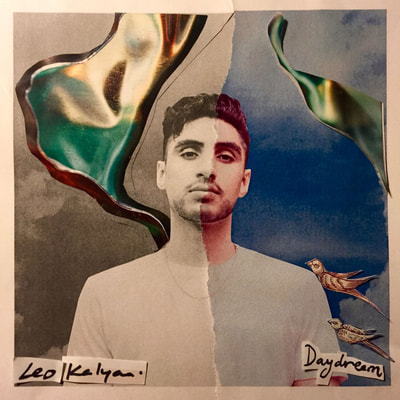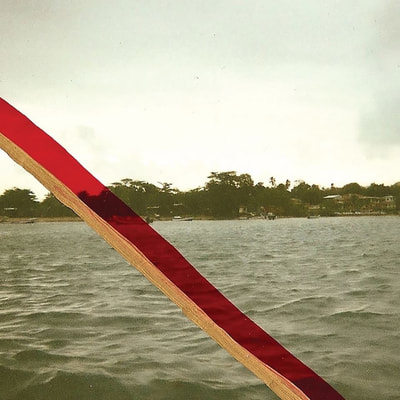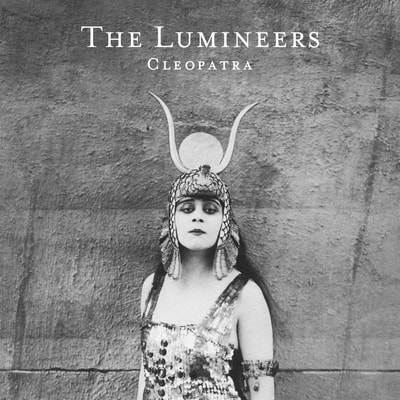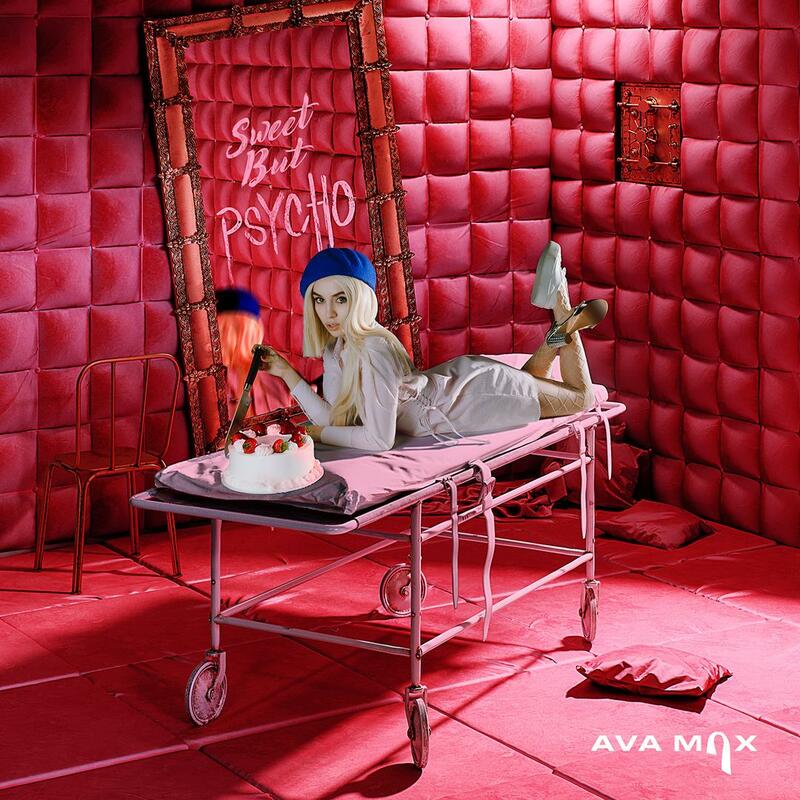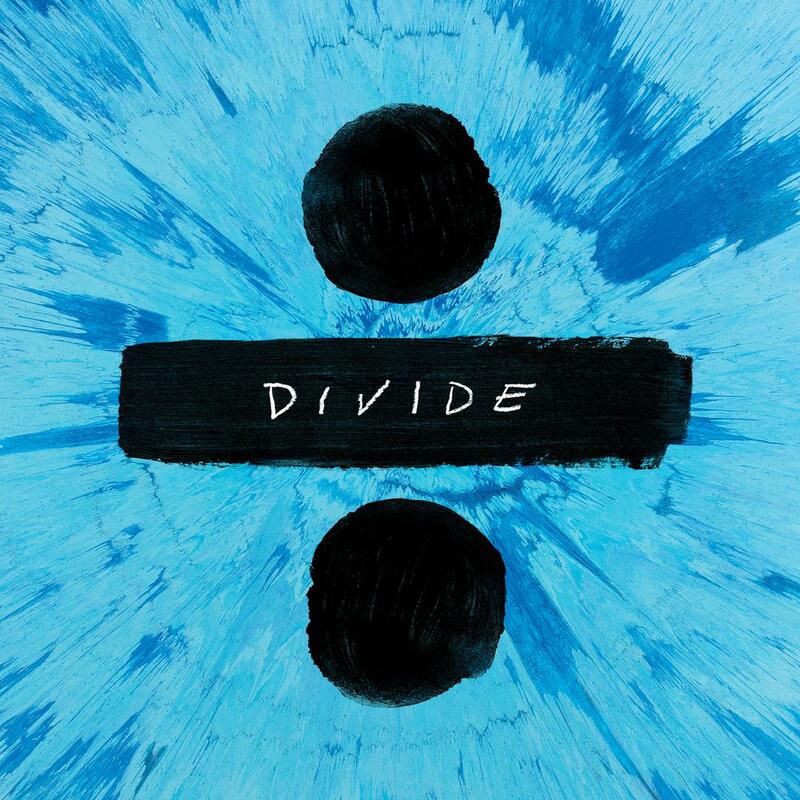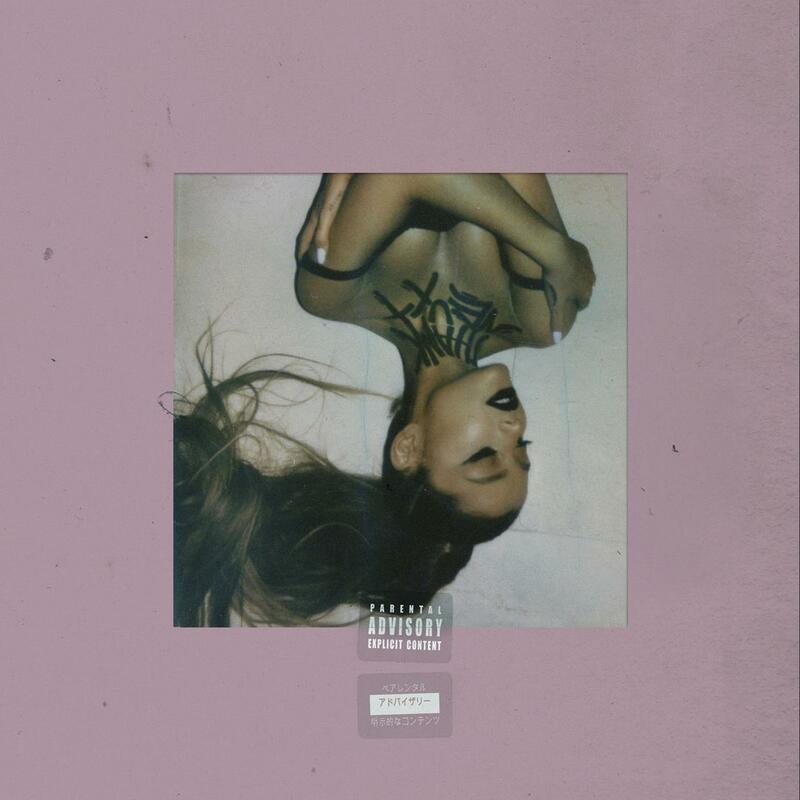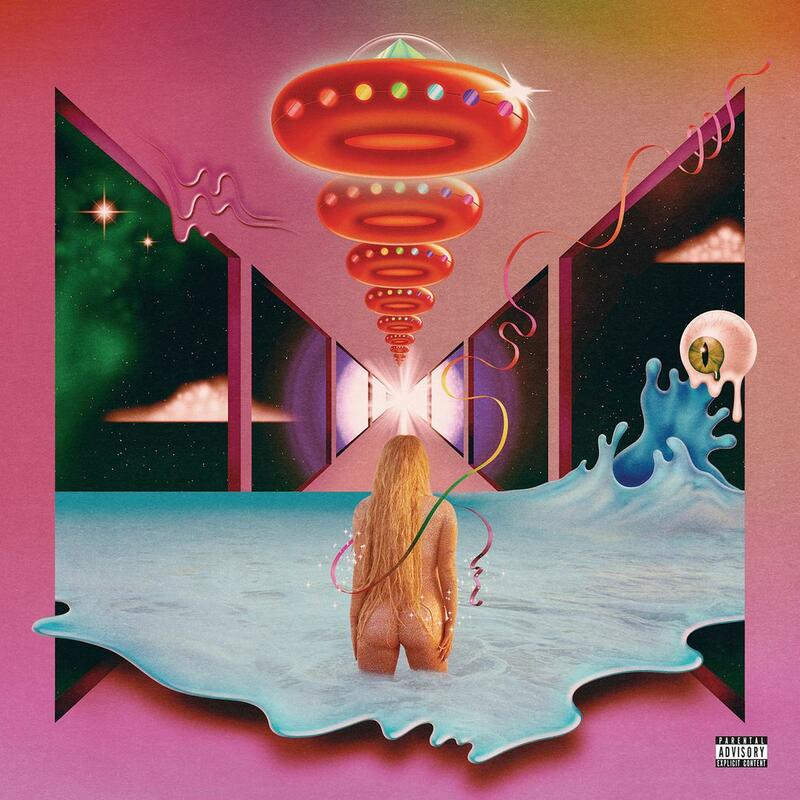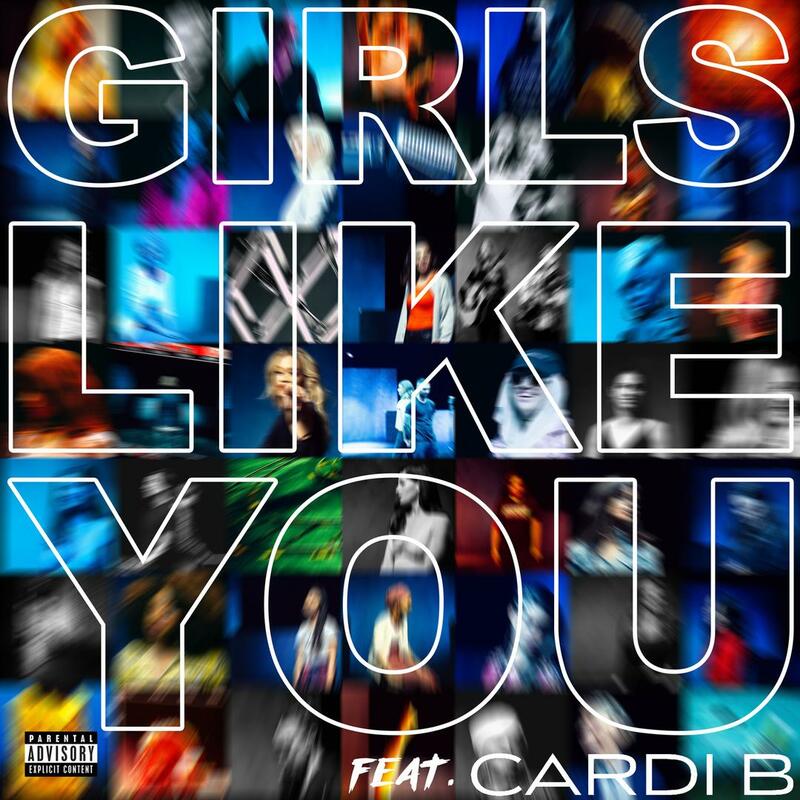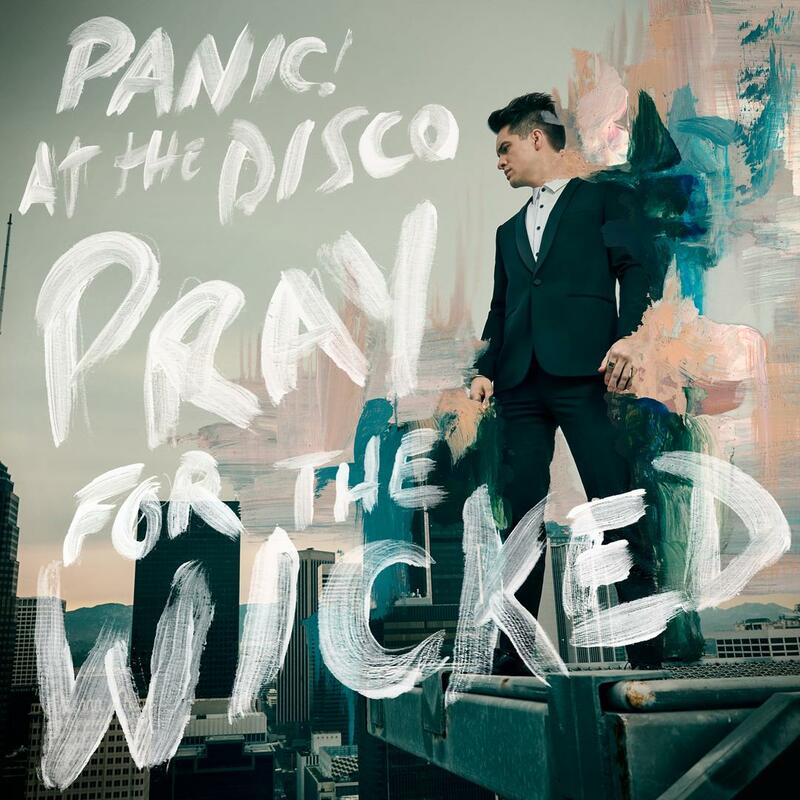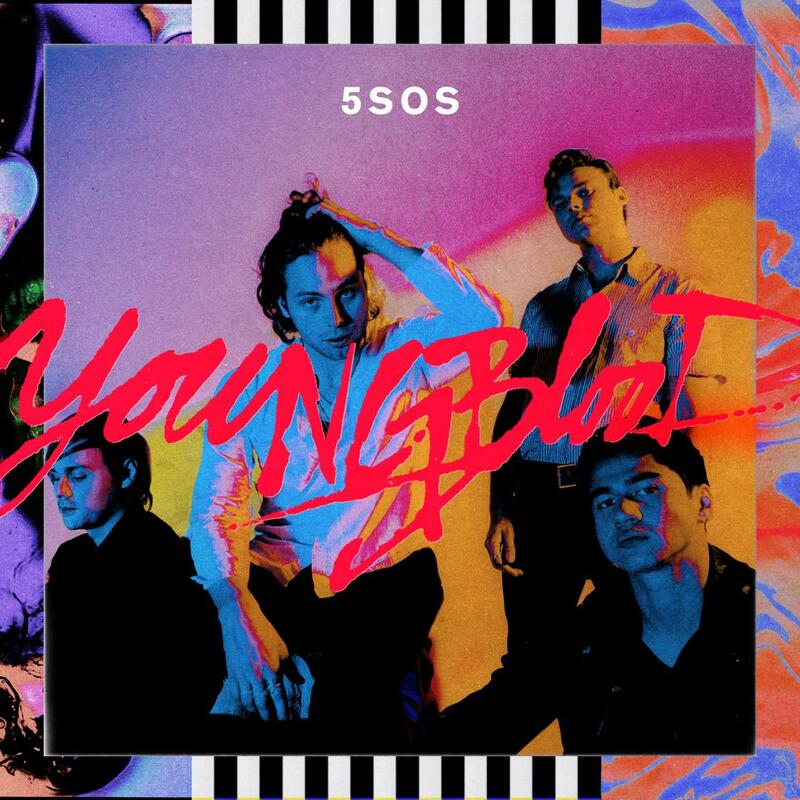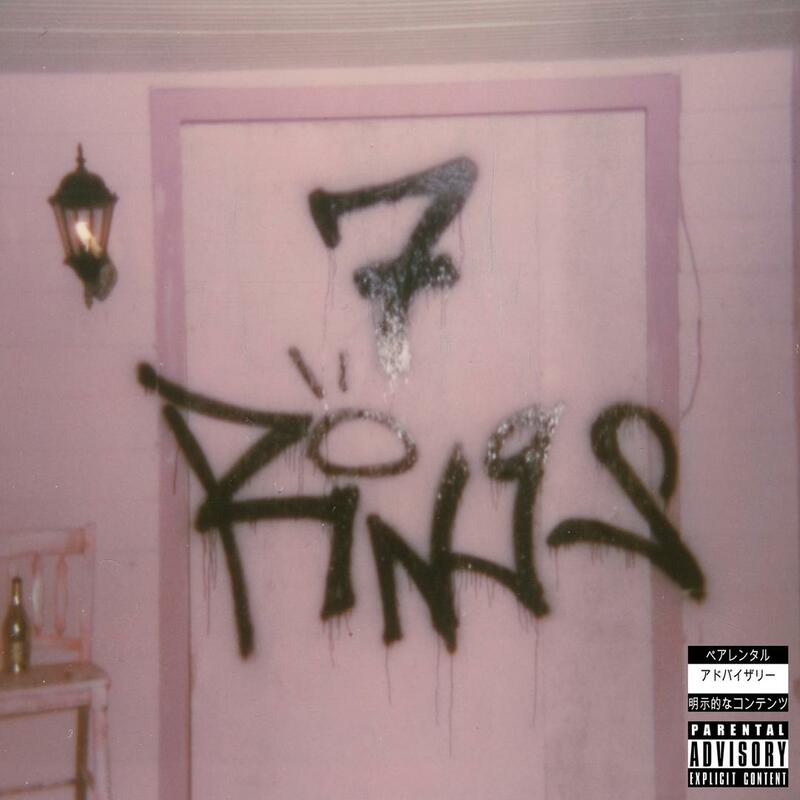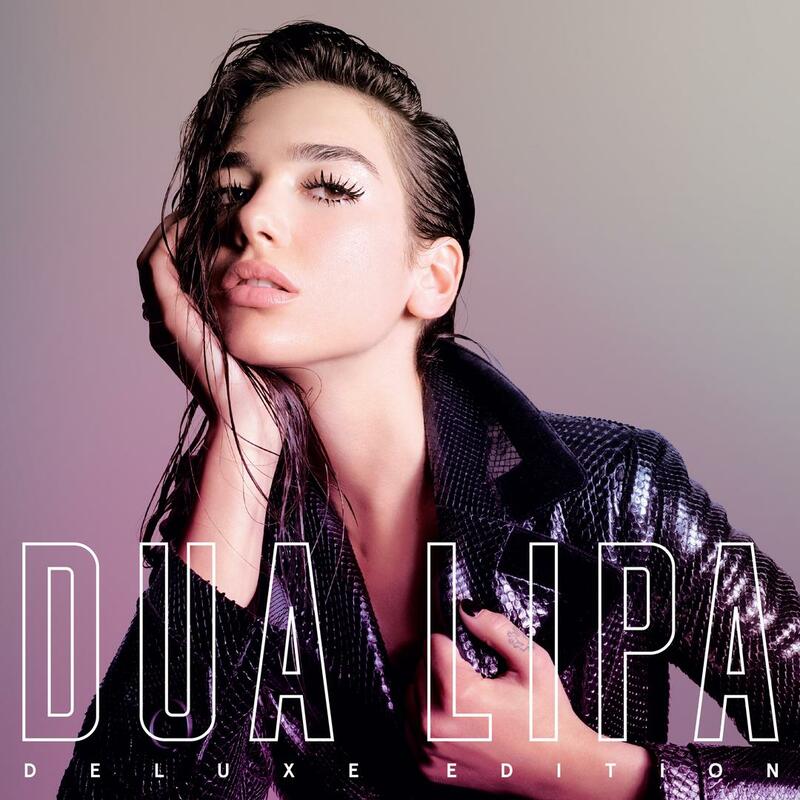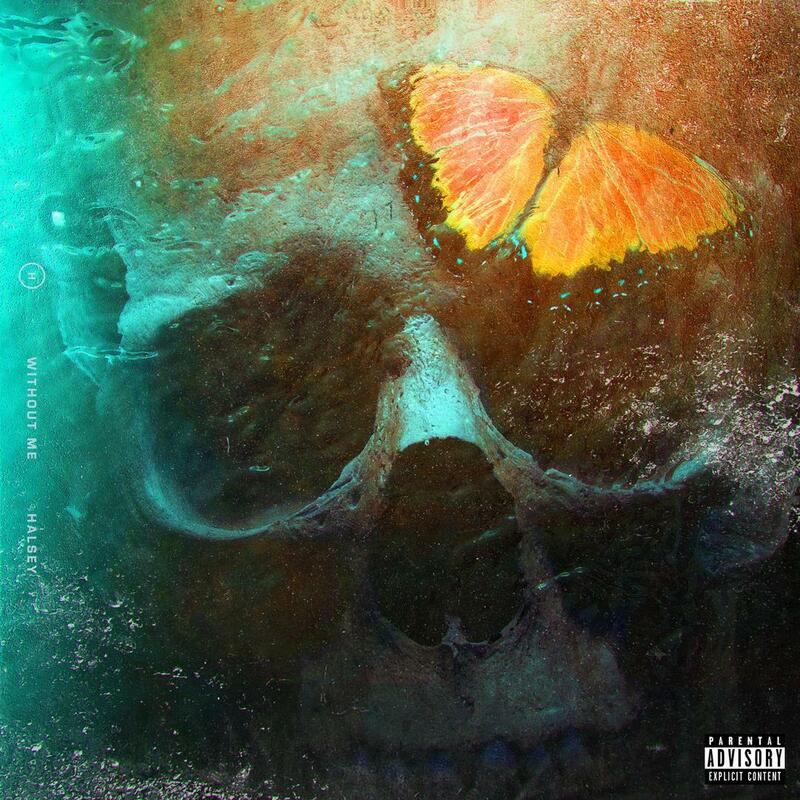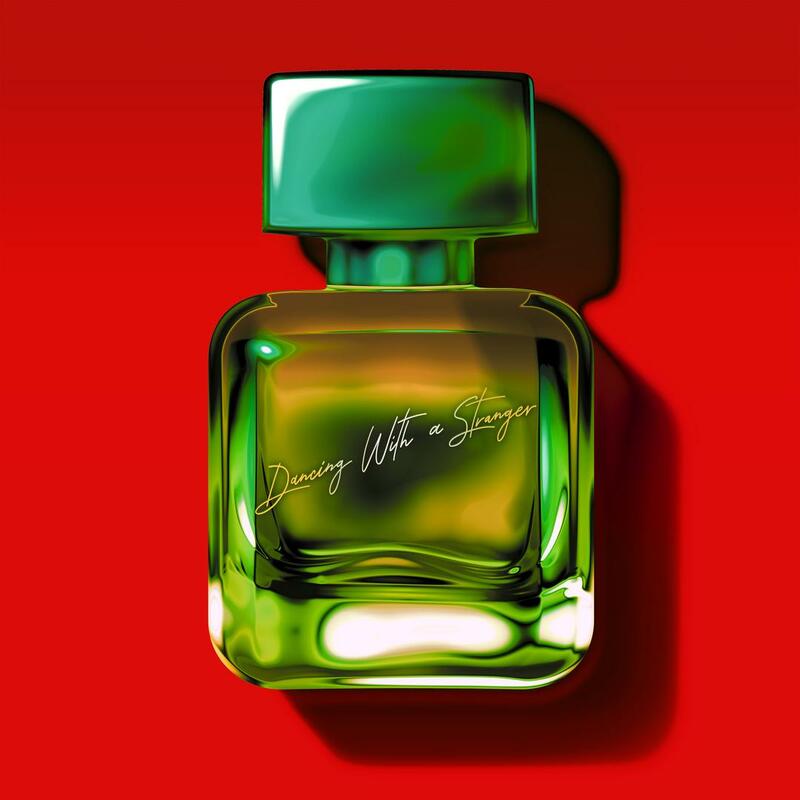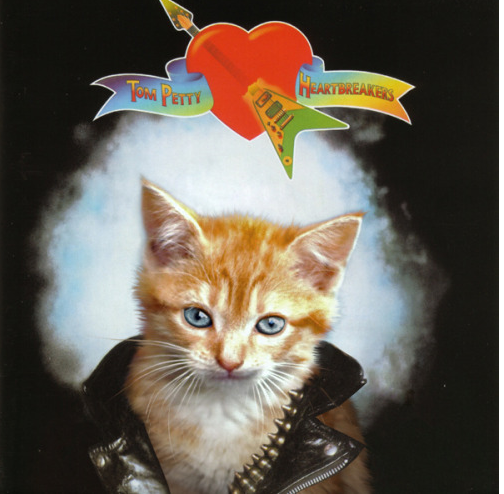The Importance of Album ArtworkConsidering the relationship between art and music in a digital age
As the laws of physics suggest, you’ll see things before you hear them. That’s no different when it comes to listening to an album or song, as more often than not, before you press play, the first thing that will catch your attention, is the accompanying cover art. In this article, I’ll explore the relationship between music and artwork, detailing its importance in heightening the listener’s experience, but also, how artwork has changed and will continue to change in the digital age.
Relationship Between Artwork and MusicWhilst it may appear that an album is centred around the music alone, the artwork adorning its sleeve is essentially the equivalent to a book’s front cover. As a result, artwork and music go hand in hand. Our very own Hannah Thackerhas already highlighted how music videos are an integral part of the music industry and the same, goes for the artwork of your favourite album, EP or song. The artwork serves as a portal into what the listener can expect from an album, and even what kind of musician lies behind the creativity. Strong album covers make a statement, because after all, this imagery is an opportunity to make the right first impression.
Take the George Condo painted artwork for Kanye West’s magnum opus, My Beautiful Dark Twisted Fantasy, which depicts the rapper, nude, straddled by an also naked winged creature. In an interview with The New Yorker, the artist claimed that the cover was in fact designed to create controversy and that West wanted “something that will be banned”. That’s exactly what happened, because the album’s striking cover was banned in the US. Despite its outlandish look, there’s more to the artwork that meets the eye. The lurid scene (coupled with the album’s title) toys with the concept of fame - a recurring theme on the album in which West explores its darker side.
Furthermore, the use of a single colour, can be enough to trigger a certain feeling or emotion. Nowadays, with such leaps in technology record manufacturers are able to produce a kaleidoscope of vinyls of all colours and patterns. Thus, the physical vinyl itself, becomes part of the artwork and in turn, part of the collective musical experience. London’s Ben Khan, whose 1992 and 1000 EPs were released on limited edition emerald and purple vinyls respectively, mirror the vibrant atmospherics of his music. Likewise, the cover arts for both EPs incorporate an intricate floral pattern to accentuate the subtle complexities in his soundscapes.
Evolution of ArtworkBefore the Internet, music could only be purchased on a physical format, and therefore, packaging and the presentation of an album was paramount in ensuring its commercial success. Artists had a 12 by 12 inch cardboard canvas or a 4 by 4 inch plastic jewel case to embellish albums with artwork that would entice listeners to pull off a shelf to admire and ultimately buy. Nowadays, album and single covers appear as tiny squares on our music libraries and streaming sites. Yet, despite this miniaturisation, these visual aids still hold a relevance.
Electro-indie-pop outfit Lewis Del Mar (made up of Max Harwood and Danny Miller) who created quite a buzz with debut single “Loud(y)” last year, have embodied this approach. For each of the four tracks that make up their incredible self-titled EP, the duo painted red and gold stripes over scenic photographs that they took in Nicaragua and Panama, where Harwood’s parents live. At first glance, this doesn’t appear to have much meaning. It’s only when you press play, that the imagery falls into line, which seems like a wholly different approach to the physical format days where the album cover was much less likely to be obscure. In such a short space of time, the duo manage to pack in an amalgamation of genres; stirring together hard-hitting hip-hop and electronica with bursts of alternative-rock influenced guitars and drums. When taking this into consideration, the notion of mixing paint and photography reflects the duo’s ability to mix these different musical art forms. Lewis Del Mar even hand-painted the vinyls for their EP, with the same red and gold striped motif, to continue this idea of experimenting with different mediums of art.
Moreover, on his 2014 album Xen, Arca explored sexuality through visceral, otherworldly soundscapes. In order to bring his vision to life, the Venezuelan producer teamed up with long-time collaborator and designer Jesse Kanda to produce evocative posters, videos and artwork, with an aim for everyone to feel “simultaneously attracted…and repulsed”. The fluidity and sensuality of the women depicted in these pieces juxtapose the clattery, fragmented production, but together, they form an odd, but seamlessly symmetrical aesthetic. The same goes for R&B songstress FKA twigs’ magnificent LP1 artwork (also designed by Jesse Kanda). Its stark, contrasting colours echo a sense of empowerment yet also a certain vulnerability - both of which are highlighted in Twigs’ exploration of love, sex and femininity.
Do We Still Need Album Art?As I have suggested, music is not just an auditory experience. It’s a multi-sensory affair which triggers all kinds of feelings and emotions. When listening to music, we want to feel a certain way, to be transported to an entirely different place, and an album’s sleeve, can help to do that.
Take Leo Kalyan for instance, whose music and artwork gel wonderfully together. The London based singer and producer creates lush soundscapes, brimming with waves of electronics and synths to serve as the perfect backdrop for his velvety falsetto-laden vocals. Self-described as “oceanic beats” on his SoundCloud, the artist’s accompanying artwork, hand-made by Kalyan himself, follows a consistent collage motif in which the singer juxtaposes warming reds, yellows and oranges with cool blues, greens and greys. Looking at the single cover for latest track “Daydream”, which merges a bright blue and grey sky with molten patterns and sketches of birds (which relates to the birdsong that can be heard throughout the track) in order to truly bring lines like “In my daydream I’m as free as bird… where the ocean and horizon are blurred” to life.
The sensation of touch is also something that enhances the listening experience. Despite the recent surge in music streaming sites, vinyl sales have continued to rise over the past five years or so, which has given artists the freedom to work on a larger canvas. Regardless, there’s something special and deeply personal about placing a 12” onto a turntable and listening to an album whilst having the sleeve at hand.
On most deluxe releases, artists tend to include accompanying artwork, photographs, lyrics booklets, all of which are designed for interaction. An example from last year would be SOPHIE (one half of QT) who released PRODUCT, his mini LP, in a number of interesting ways. To mirror the rubbery and synthetic textures of his candied electronic glitches and twitches, the producer decided to use silicon, instead of the traditional jewel case, to package the discs. This also brings us to one of the most under-discussed aspects of vinyl covers’ aesthetic appeal and that's the texture. Some sleeves are made with a glossy exterior, while others opt for a rougher, parchment style. Recently, the biggest trend in terms of the feel of a sleeve has been for cut-outs, as seen on Jamie xx's In Colour with an off-kilter rectangle, David Bowie's Black Star with a large cut-out star and The Lumineers’ Cleopatra, which uses the cut-out technique to remove the armour from their female cover character. That last example in which the outline of the woman’s face and arm, and the band’s name, are cut out accentuates how the album, is centered around this one character.
Even though album artwork is now (mostly) reduced to a tiny tile on our screens, it’s still such an important aspect of the creative process of creating a world for a particular album. So, in order to answer the question of whether we still need album art, I’ll leave you with a thought: imagine what it would be like, if all of the CD’s, Vinyls, digital albums you own, didn’t have any artwork on them.
This article is written by Deep Shah and was published 2 years ago.
- 2 years ago by Deep Shah
As the laws of physics suggest, you’ll see things before you hear them. That’s no different when it comes to listening to an album or song, as more often than not, before you press play, the first thing that will catch your attention, is the accompanying cover art. In this article, I’ll explore the relationship between music and artwork, detailing its importance in heightening the listener’s experience, but also, how artwork has changed and will continue to change in the digital age.
Relationship Between Artwork and MusicWhilst it may appear that an album is centred around the music alone, the artwork adorning its sleeve is essentially the equivalent to a book’s front cover. As a result, artwork and music go hand in hand. Our very own Hannah Thackerhas already highlighted how music videos are an integral part of the music industry and the same, goes for the artwork of your favourite album, EP or song. The artwork serves as a portal into what the listener can expect from an album, and even what kind of musician lies behind the creativity. Strong album covers make a statement, because after all, this imagery is an opportunity to make the right first impression.
Take the George Condo painted artwork for Kanye West’s magnum opus, My Beautiful Dark Twisted Fantasy, which depicts the rapper, nude, straddled by an also naked winged creature. In an interview with The New Yorker, the artist claimed that the cover was in fact designed to create controversy and that West wanted “something that will be banned”. That’s exactly what happened, because the album’s striking cover was banned in the US. Despite its outlandish look, there’s more to the artwork that meets the eye. The lurid scene (coupled with the album’s title) toys with the concept of fame - a recurring theme on the album in which West explores its darker side.
Furthermore, the use of a single colour, can be enough to trigger a certain feeling or emotion. Nowadays, with such leaps in technology record manufacturers are able to produce a kaleidoscope of vinyls of all colours and patterns. Thus, the physical vinyl itself, becomes part of the artwork and in turn, part of the collective musical experience. London’s Ben Khan, whose 1992 and 1000 EPs were released on limited edition emerald and purple vinyls respectively, mirror the vibrant atmospherics of his music. Likewise, the cover arts for both EPs incorporate an intricate floral pattern to accentuate the subtle complexities in his soundscapes.
Evolution of ArtworkBefore the Internet, music could only be purchased on a physical format, and therefore, packaging and the presentation of an album was paramount in ensuring its commercial success. Artists had a 12 by 12 inch cardboard canvas or a 4 by 4 inch plastic jewel case to embellish albums with artwork that would entice listeners to pull off a shelf to admire and ultimately buy. Nowadays, album and single covers appear as tiny squares on our music libraries and streaming sites. Yet, despite this miniaturisation, these visual aids still hold a relevance.
Electro-indie-pop outfit Lewis Del Mar (made up of Max Harwood and Danny Miller) who created quite a buzz with debut single “Loud(y)” last year, have embodied this approach. For each of the four tracks that make up their incredible self-titled EP, the duo painted red and gold stripes over scenic photographs that they took in Nicaragua and Panama, where Harwood’s parents live. At first glance, this doesn’t appear to have much meaning. It’s only when you press play, that the imagery falls into line, which seems like a wholly different approach to the physical format days where the album cover was much less likely to be obscure. In such a short space of time, the duo manage to pack in an amalgamation of genres; stirring together hard-hitting hip-hop and electronica with bursts of alternative-rock influenced guitars and drums. When taking this into consideration, the notion of mixing paint and photography reflects the duo’s ability to mix these different musical art forms. Lewis Del Mar even hand-painted the vinyls for their EP, with the same red and gold striped motif, to continue this idea of experimenting with different mediums of art.
Moreover, on his 2014 album Xen, Arca explored sexuality through visceral, otherworldly soundscapes. In order to bring his vision to life, the Venezuelan producer teamed up with long-time collaborator and designer Jesse Kanda to produce evocative posters, videos and artwork, with an aim for everyone to feel “simultaneously attracted…and repulsed”. The fluidity and sensuality of the women depicted in these pieces juxtapose the clattery, fragmented production, but together, they form an odd, but seamlessly symmetrical aesthetic. The same goes for R&B songstress FKA twigs’ magnificent LP1 artwork (also designed by Jesse Kanda). Its stark, contrasting colours echo a sense of empowerment yet also a certain vulnerability - both of which are highlighted in Twigs’ exploration of love, sex and femininity.
Do We Still Need Album Art?As I have suggested, music is not just an auditory experience. It’s a multi-sensory affair which triggers all kinds of feelings and emotions. When listening to music, we want to feel a certain way, to be transported to an entirely different place, and an album’s sleeve, can help to do that.
Take Leo Kalyan for instance, whose music and artwork gel wonderfully together. The London based singer and producer creates lush soundscapes, brimming with waves of electronics and synths to serve as the perfect backdrop for his velvety falsetto-laden vocals. Self-described as “oceanic beats” on his SoundCloud, the artist’s accompanying artwork, hand-made by Kalyan himself, follows a consistent collage motif in which the singer juxtaposes warming reds, yellows and oranges with cool blues, greens and greys. Looking at the single cover for latest track “Daydream”, which merges a bright blue and grey sky with molten patterns and sketches of birds (which relates to the birdsong that can be heard throughout the track) in order to truly bring lines like “In my daydream I’m as free as bird… where the ocean and horizon are blurred” to life.
The sensation of touch is also something that enhances the listening experience. Despite the recent surge in music streaming sites, vinyl sales have continued to rise over the past five years or so, which has given artists the freedom to work on a larger canvas. Regardless, there’s something special and deeply personal about placing a 12” onto a turntable and listening to an album whilst having the sleeve at hand.
On most deluxe releases, artists tend to include accompanying artwork, photographs, lyrics booklets, all of which are designed for interaction. An example from last year would be SOPHIE (one half of QT) who released PRODUCT, his mini LP, in a number of interesting ways. To mirror the rubbery and synthetic textures of his candied electronic glitches and twitches, the producer decided to use silicon, instead of the traditional jewel case, to package the discs. This also brings us to one of the most under-discussed aspects of vinyl covers’ aesthetic appeal and that's the texture. Some sleeves are made with a glossy exterior, while others opt for a rougher, parchment style. Recently, the biggest trend in terms of the feel of a sleeve has been for cut-outs, as seen on Jamie xx's In Colour with an off-kilter rectangle, David Bowie's Black Star with a large cut-out star and The Lumineers’ Cleopatra, which uses the cut-out technique to remove the armour from their female cover character. That last example in which the outline of the woman’s face and arm, and the band’s name, are cut out accentuates how the album, is centered around this one character.
Even though album artwork is now (mostly) reduced to a tiny tile on our screens, it’s still such an important aspect of the creative process of creating a world for a particular album. So, in order to answer the question of whether we still need album art, I’ll leave you with a thought: imagine what it would be like, if all of the CD’s, Vinyls, digital albums you own, didn’t have any artwork on them.
This article is written by Deep Shah and was published 2 years ago.

